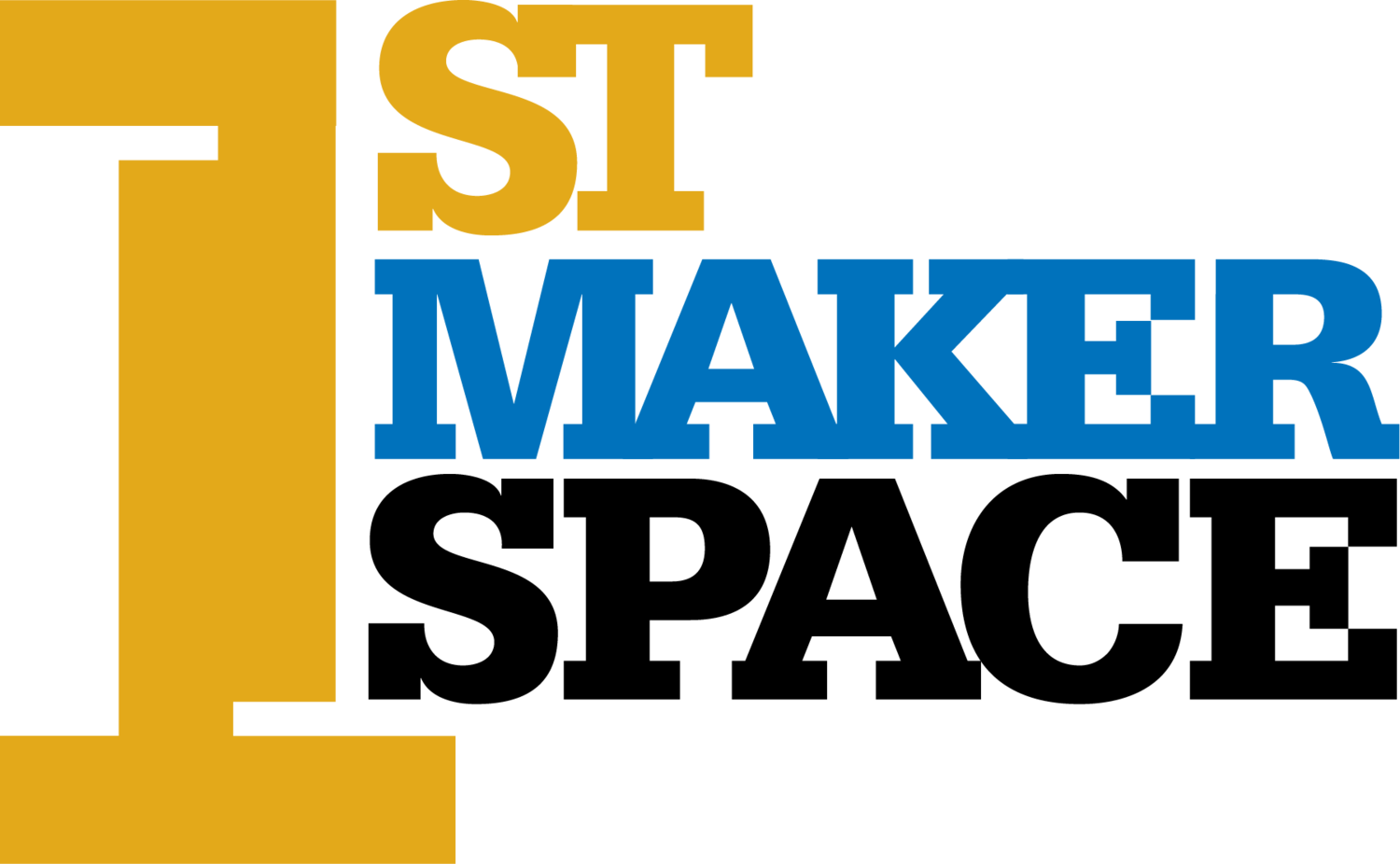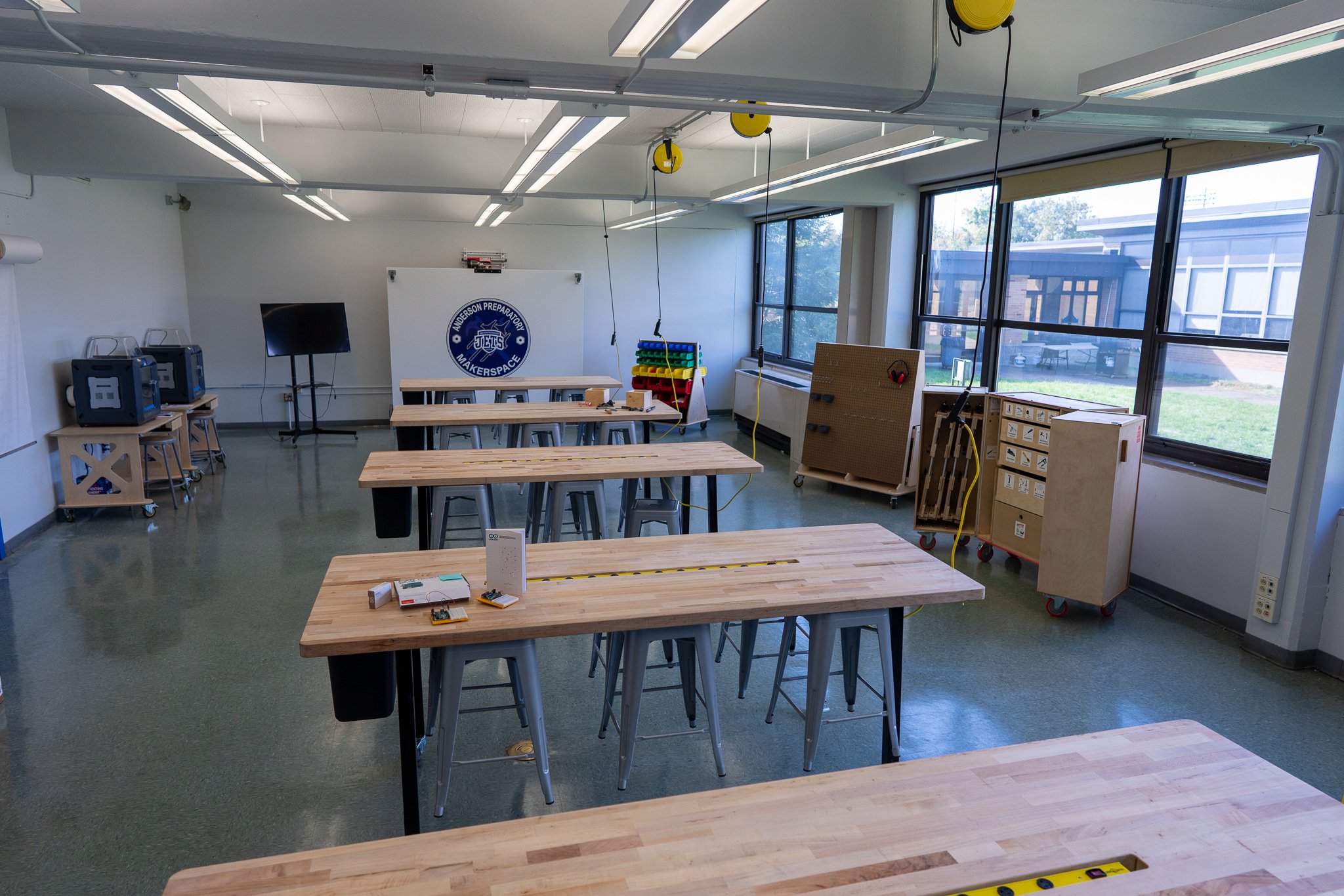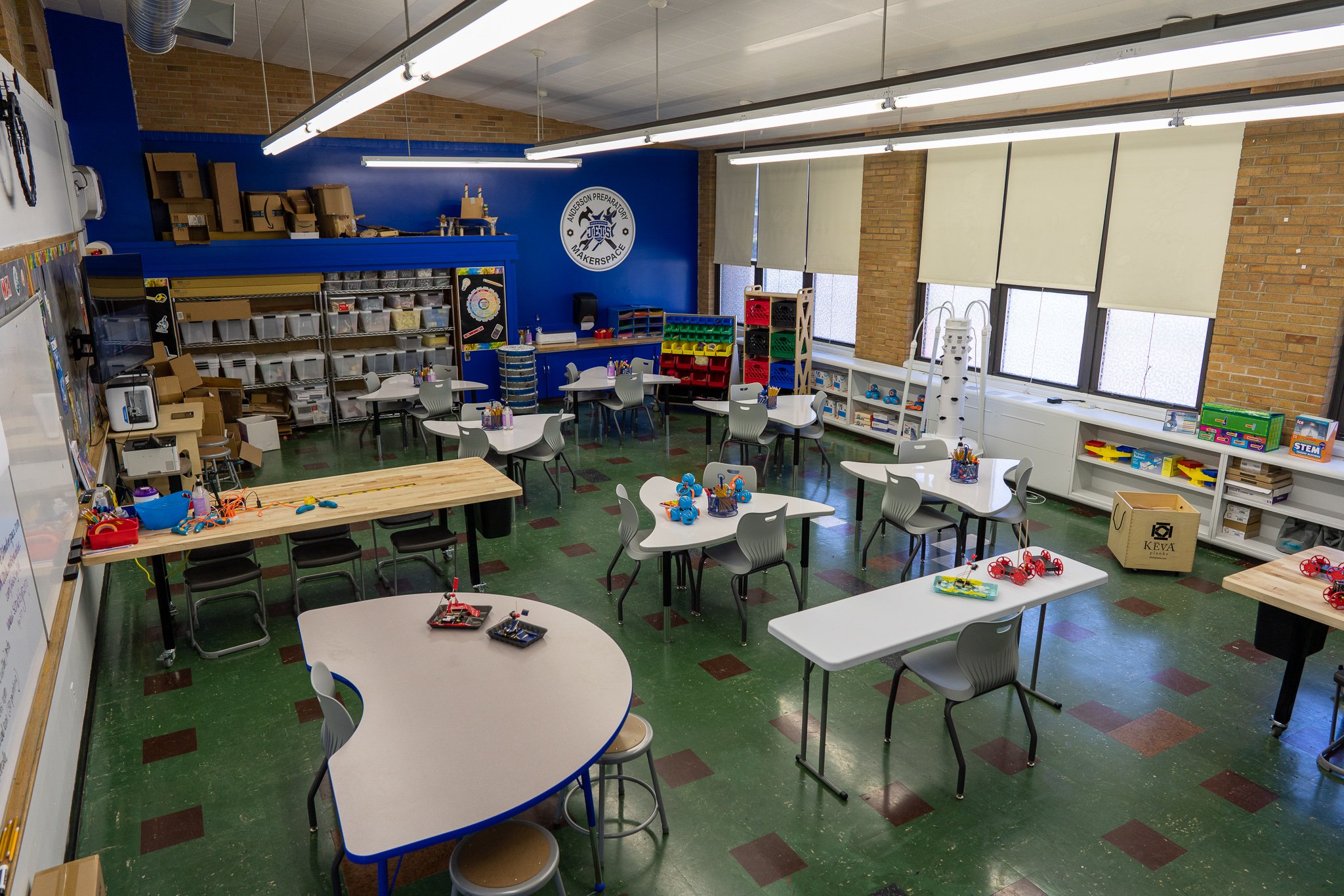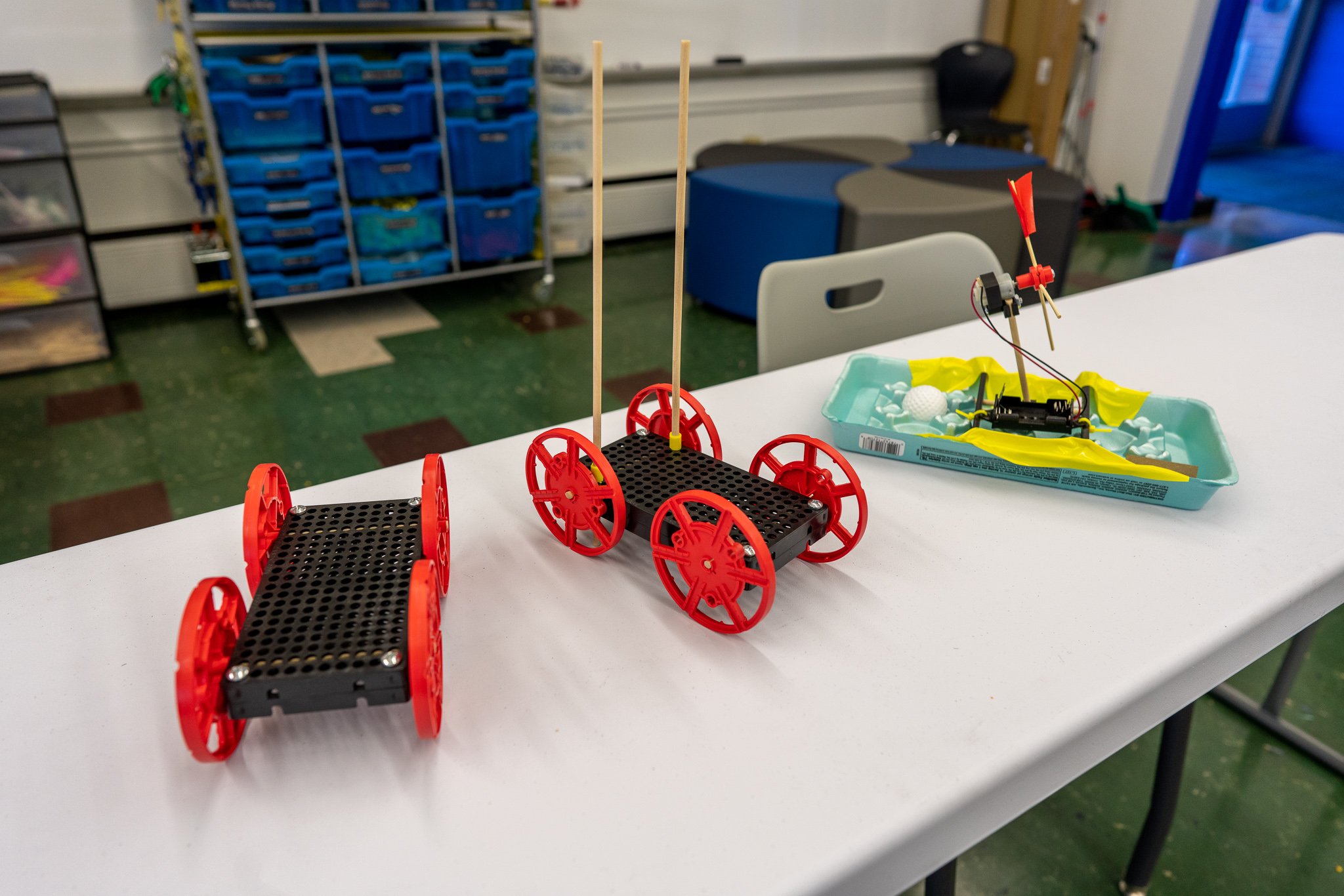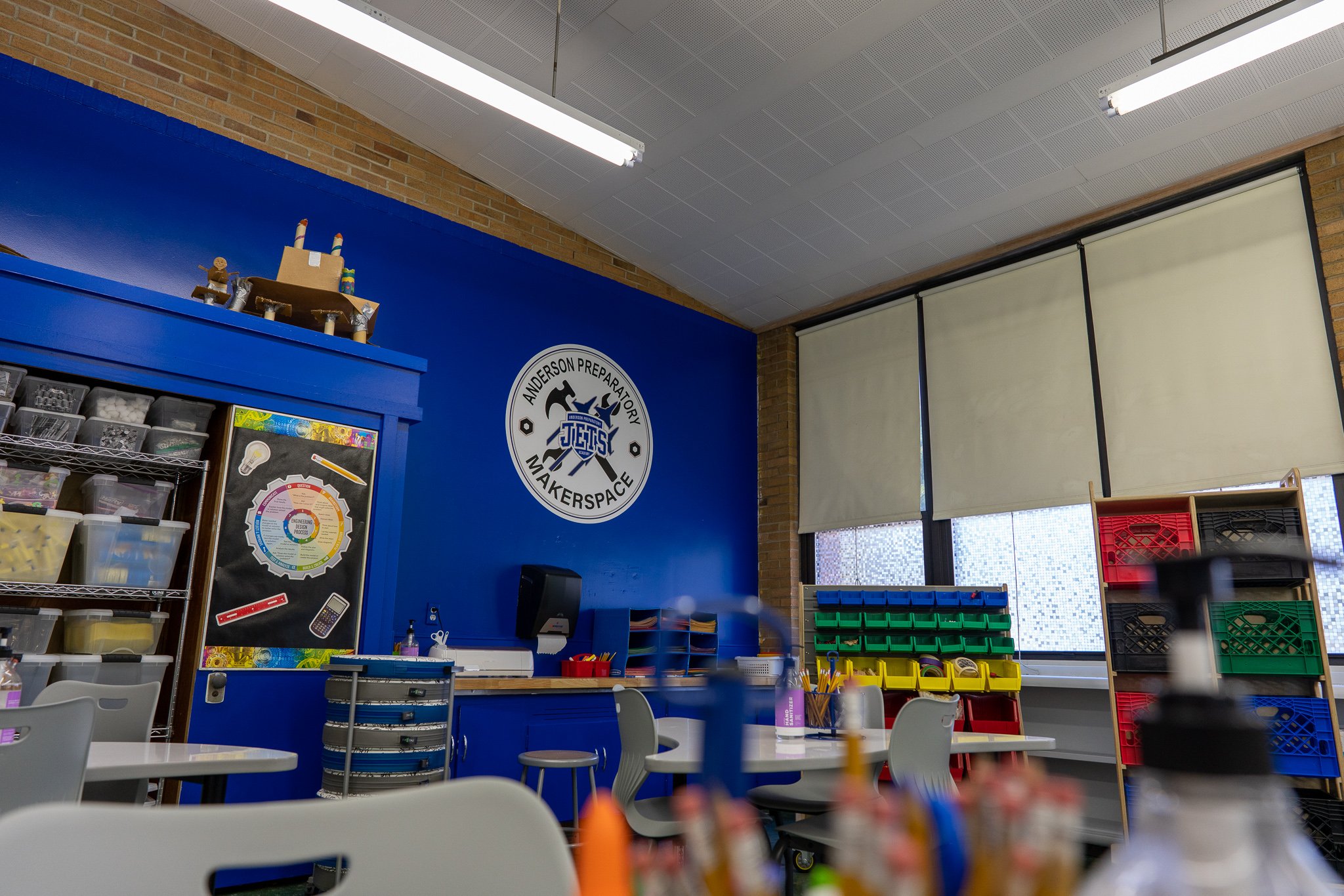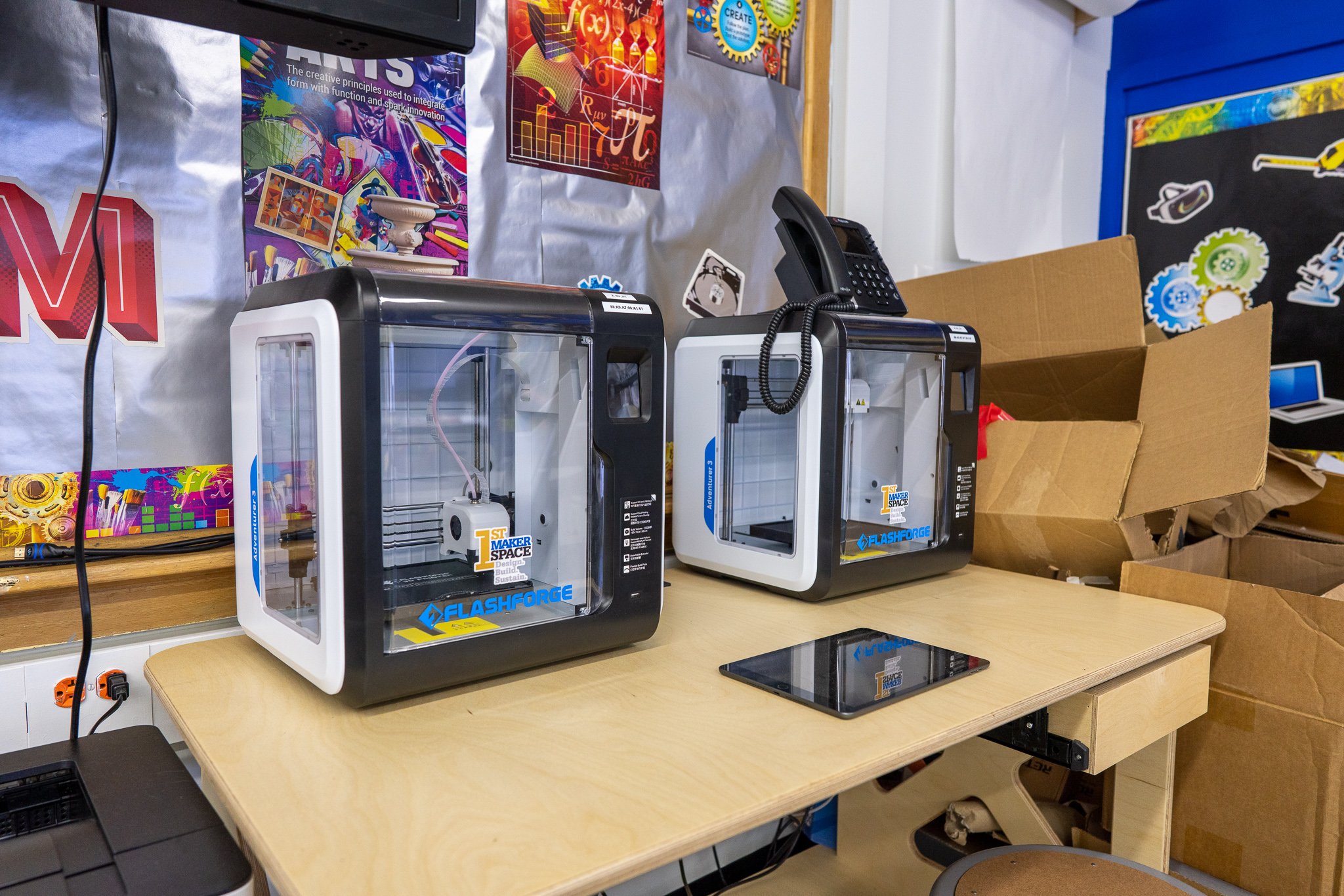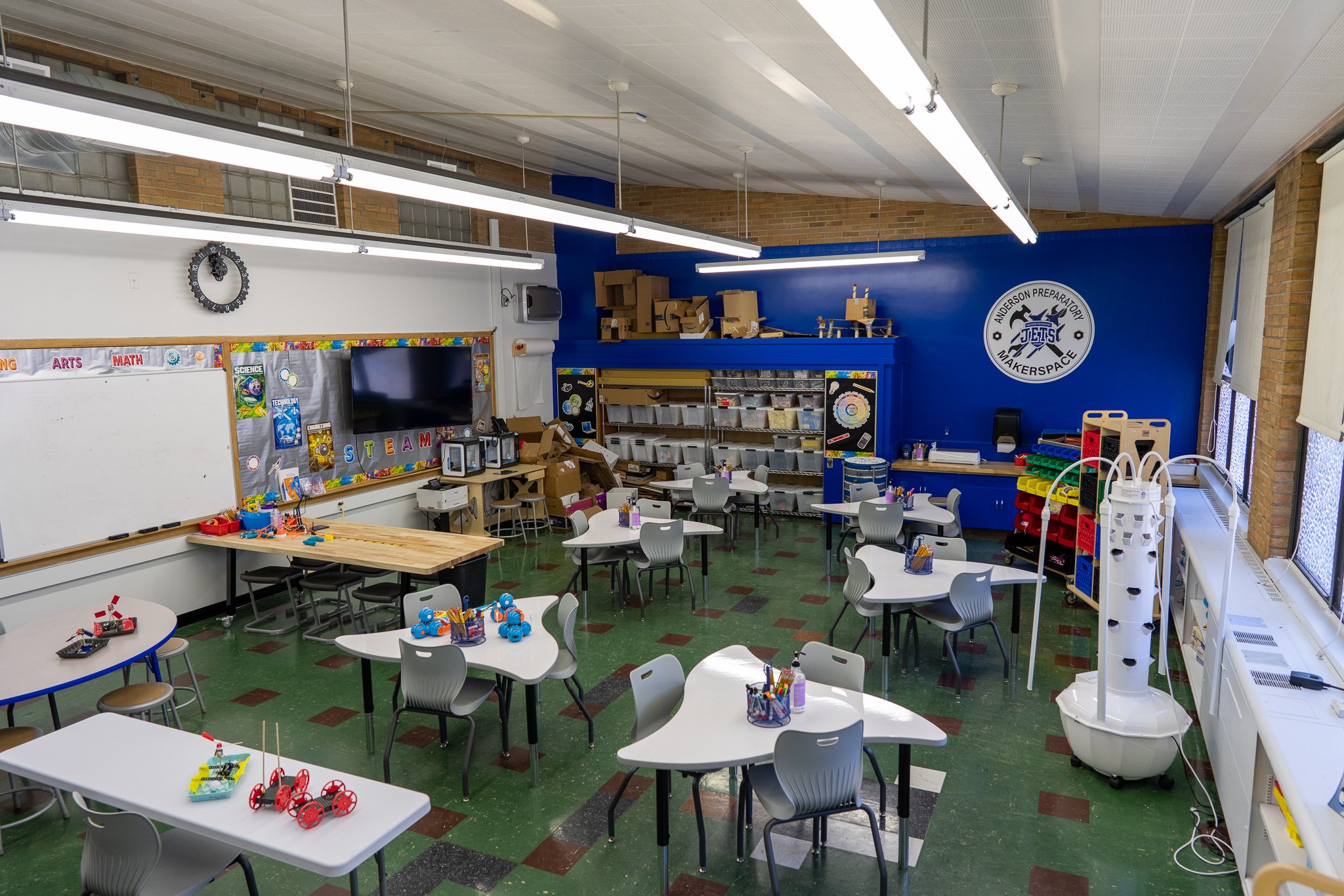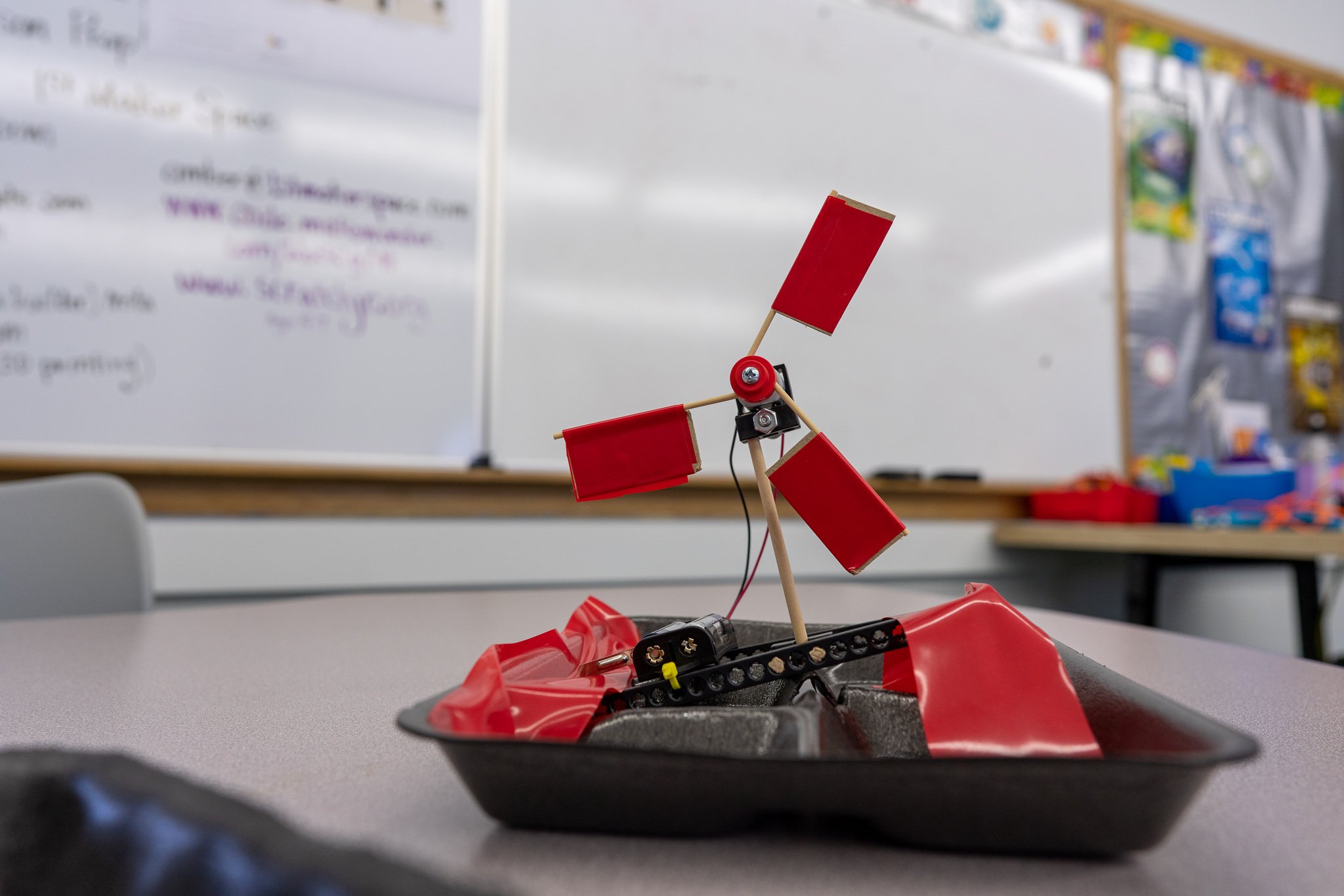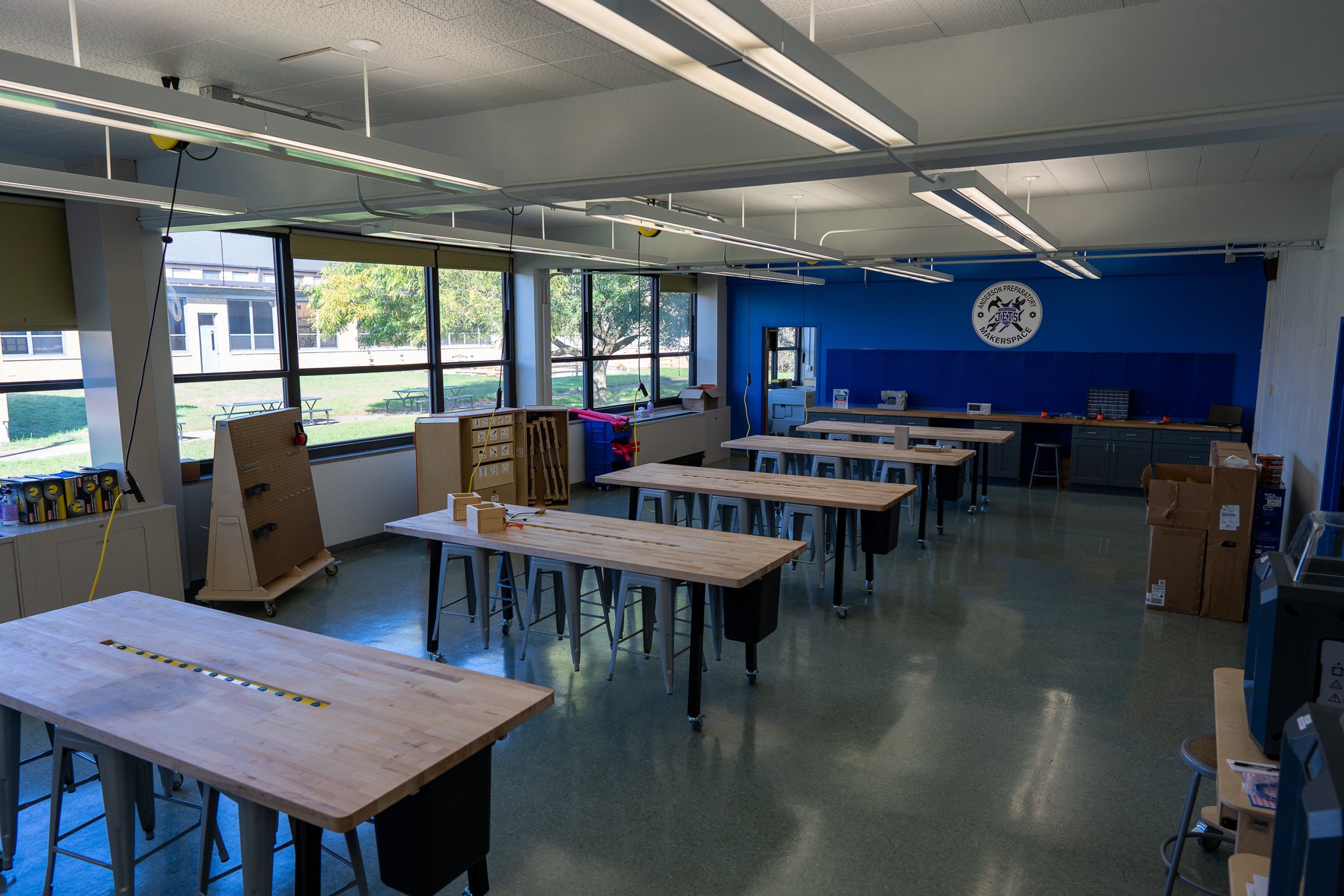Maker Education Goes Deep when Partnered with PBL
Think back: Did you make anything in school that you still have today? Most of the time when I ask people this simple question, a smile instantly appears on their face. Suddenly people I barely know are telling me stories from their childhood. Then ask: Does your mom still have anything that you made? Almost always, the answer is a resounding “YES!”. If you could do something that would impact your students and their families, not just for decades but for generations, wouldn’t you do it? This is why we at 1st Maker Space are involved in the maker movement.
Makerspaces are problem gardens. Said another way, makerspaces are learning environments where students solve real problems using real tools. Now more than ever, it is essential that students are involved in their own learning; it is physically impossible to learn deeply about something you do not care about (School Library Journal, 2018). Makerspaces bring learning to life by giving students a buffet of problems they care about solving and a place to innovate, develop, and test potential solutions. Most of the projects in a makerspace involve building something physical, but solutions can take almost any form. What defines a maker project more than any single component is the active learning role that the students take throughout the process.
Project Based Learning and maker education are deeply intertwined. The problems that students solve in a PBL Unit take form in the makerspace. If you are a teacher currently using PBL, a makerspace will expand the horizons for student creation while exposing students to technology. A 3D object they design in Tinkercad may be 3D printed. Recycled fabric can be tied together to make dog toys for the local animal shelter. Cardboard is converted from a flat box to a fairy tale castle or spaceship that can be donated to a local preschool. Students are active in brainstorming, developing, and testing solutions. I have witnessed the enthusiasm for learning that students express when they find a problem they want to solve. They WANT to come to school. They will stay after class. They will want to take the robots home. They will fall in love with learning all over again.
1st Maker Space designs, builds, and sustains makerspaces, STEM labs, and innovation spaces. We work collaboratively with schools and educational community organizations to nurture a “maker mindset” that will guide the development of the community of makers through planning, professional development, and curriculum. We help schools plan their STEM journey by creating a space where students can be creative, discover their interests, and develop critical academic and employability skills. There is no set list of things a room must contain to become a makerspace, but the furniture, equipment, and STEM kits chosen should deepen the PBL experiences already in place while also opening new doors for learning experiences. It is not about the “stuff” as much as how you imagine using the stuff.
1st Maker Space works with every client to develop a custom 3D model of your makerspace as part of our free consultation process. This assures that all the stakeholders share the same makerspace vision: teachers, administrators, parents, funders, and students.
A physical makerspace, STEM lab, or innovation space can be an incredibly powerful signal to your school community that student participation and innovation are valued. Having conversations about physical spaces forces us as leaders to reconsider our priorities. If STEM and PBL are a part of the school culture, the space should be flexible and open for collaboration. 1st Maker Space designs makerspaces to reflect the school community in which they exist. Check out our portfolio page for examples of our work.
For example, Anderson Preparatory Academy (APA) is a K-12 charter school in Anderson, Indiana that has three makerspaces across two buildings. The curriculum at APA focuses on both liberal arts and sciences through a Project Based Learning approach to develop future leaders. Makerspaces were identified as a key part of the strategy to bring STEM to life, and APA chose 1st Maker Space to design, install, and service the makerspaces back in 2019.
APA additionally partnered with Magnify Learning to bring an intensive focus on PBL across the district. Magnify Learning hosted a 3-day workshop called “PBL Jumpstart” to create a PBL Unit in each teachers’ grade level and content area. APA is now receiving coaching throughout the year to help encourage and equip their teachers as they combine PBL and their makerspaces. Next summer, they will engage in a PBL Advanced workshop to take their learners deeper into authenticity, adult connections, and assessments. With makerspaces at their ready, the teachers and learners can take their abstract critical thinking and make it come to life to solve real world problems. APA has a comprehensive plan to increase the learners’ skills and talents while they discover their passion areas. The combination of makerspaces, a Project Based Learning instructional model, and a culture of positive relationships will create many authentic STEM learning experiences for learners to improve their college and career readiness skills.
Developing a makerspace is rarely a “one and done” effort. If your school is “all-in” on PBL and STEM, there may be multiple makerspaces and innovation spaces around the building to allow multiple teachers to use the facilities at the same time. 1MS has developed innovation labs for design thinking, makerspaces for building and prototyping, and computer science labs for exploring digital technologies. Some educators enjoy designing and constructing these spaces, but most educators have little time left after teaching and instructional support. 1st Maker Space can help by owning the development of the makerspace and providing a community of support for maker and STEM teachers to share ideas and inspiration with each other.
What will your students remember after graduating? They will probably forget most of the content, but they will always remember the things they made. By combining PBL + Making, you are sure to ignite a love for learning that lasts a lifetime.
